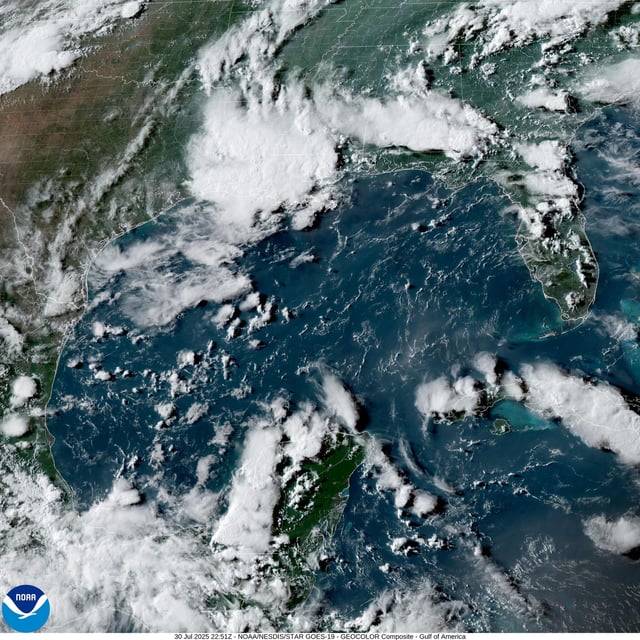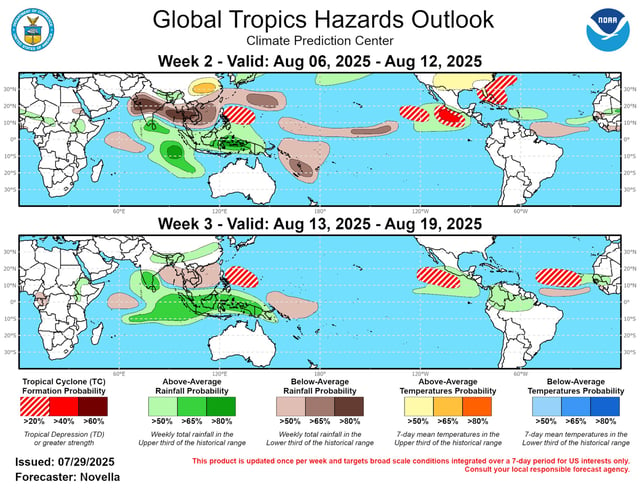Overview
- NOAA forecasts an above-average season with 13–19 named storms, including 6–10 hurricanes and 3–5 major hurricanes
- As of early August, the Atlantic tropics remain unusually quiet with no development expected through the first week
- Historical data show 86–90 percent of tropical activity occurs after August 1, peaking around September 10 and spanning mid-August to mid-October
- Record-warm sea surface temperatures, low wind shear and a strong West African monsoon have created conditions that fuel rapid intensification in about one-third of storms
- Officials from Texas to Long Island urge residents to finalize evacuation plans, secure flood insurance and stock emergency supplies



